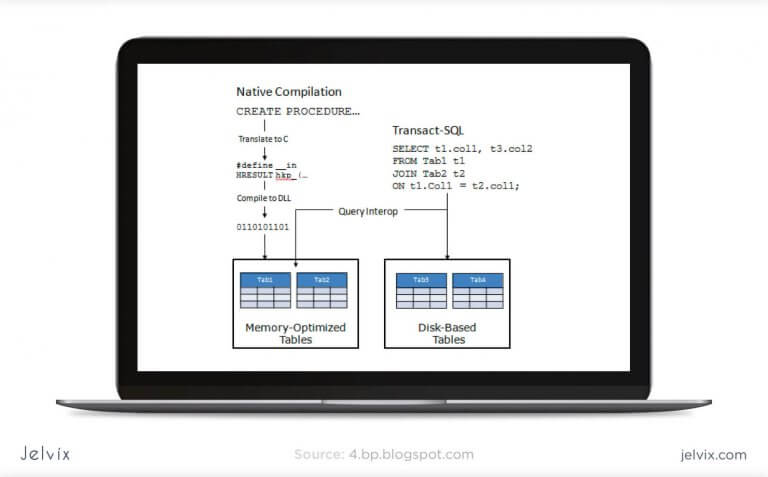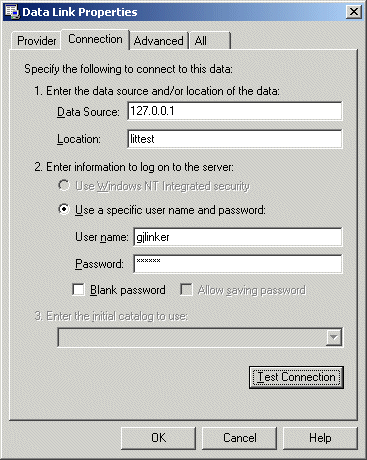

- #Sql tabs postgresql super user how to
- #Sql tabs postgresql super user upgrade
- #Sql tabs postgresql super user password
- #Sql tabs postgresql super user license
You can send your ideas, features requests or patches
#Sql tabs postgresql super user license
Try to connect, its authentication failure cache entry will be removed.Ĭomplete list of changes is available here Links & CreditsĬredcheck is an open project under the PostgreSQL license originally created at MigOps Inc, developed and maintained by Gilles Darold.Īny contribution to build a better tool is welcome.


Process pid so that it will reread the configuration. To true into nf file and send the SIGHUP signal to the PostgreSQL The banned superuser, set the credcheck.reset_superuserconfiguration directive There is no other superuser account that can be used to reset the record of In case the postgres superuser was banned, he can not logged anymore. The default value for the second setting isįalse which means that postgres superuser can be banned. The default value for the first setting is 0 which means that authenticationįailure ban feature is disabled.
credcheck.reset_superuser : force superuser to not be banned or reset. credcheck.max_auth_failure: number of authentication failure allowed GRANT ALL ON ALL TABLES TO rolename If you want to grant it to all tables of a schema in the database then the syntax will be: GRANT ALL ON ALL TABLES IN SCHEMA schemaname TO rolename Note: Remember you will need to select the database before you can grant its privileges to a user. To list all of the tables, views, and sequences in the database. Psql is a terminal-based front-end to PostgreSQL. Two settings allow to control the behavior of this feature: It enables you to type in queries interactively, sent them to PostgreSQL, and see the query results. Change of this GUC require a PostgreSQL restart. 
The authentication failure cache size is set to 1024 records by default andĬan be adjusted using the th_failure_cache_size configurationĭirective. I have not seen the interest for the moment to restore History is saved into memory only, that mean that the history is lost at Timestamps of when the user have been banned. This feature requires that theĬredcheck extension to be added to to shared_preload_libraries configurationĪll users authentication failures are registered in shared memory with the
#Sql tabs postgresql super user password
With the credcheck extension,Īfter an amount of authentication failure defined by configuration directiveĬredcheck.max_auth_failure the user can be banned and never connect anymoreĮven if it gives the right password later. PostgreSQL doesn't have any mechanism to limit the number of authenticationįailure attempt before the user being banned.
#Sql tabs postgresql super user upgrade
Upgrade require a PostgreSQL restart to reload the credcheck library.Īdd "Authentication failure ban" new feature Release v2.0.0 adds a major feature and the compatibility with PostgreSQL 16.
define the number of authentication failure allowed before a user is banned. enforce use of an expiration date with a minimum of day for a password. By using this extension, we can define a set of rules: The credcheck PostgreSQL extension provides few general credential checks, which will be evaluated during the user creation, during the password change and user renaming. Remember that the blue arrow in the images is displaying commands entered inside of a container.Casablanca, Maroc - JPostgreSQL credcheck extension Now we will discuss about PostgreSQL, and to start, let’s list their six main processes running simultaneously inside of a container by the OS user called “postgres”, which is a different one from the “postgres” user inside of the database, that one is a super user. Roles are created by users (usually administrators) and are used to group together privileges (Privilege is a right to execute a. A role can be thought of as either a database user, or a group of database users, depending on how the role is set up. When it’s used inside of a container it can be easily configured and managed by Docker, using different tags for the creation and shipped to any computer in the world with Docker installed, but this is all about Docker. Database-level roles are database-wide in their permissions scope. PostgreSQL is an old school, open-source database whose popularity is still increasing, being widely used and accepted on most cloud environments of today. In this part we will continue with docker configuration and finally enable monitoring via ClusterControl. In Part 1, I presented an overview of docker containers, policies and networking. #Sql tabs postgresql super user how to
This is the second part of the multi-series How to Monitor PostgreSQL Running Inside a Docker Container.








 0 kommentar(er)
0 kommentar(er)
